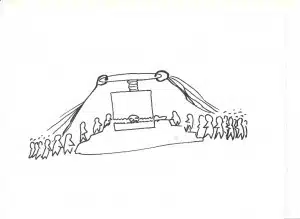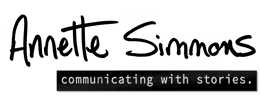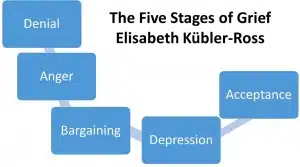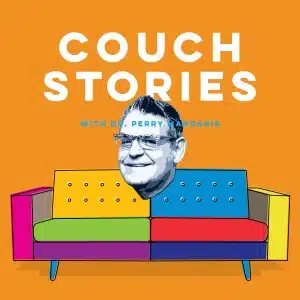
Storytelling: Moral Survival System (part two)
“That’s me getting screwed, but really …we take turns because when I feel screwed I end up passing it on.” Circle of Moral Concern: Whose Lives Matter? For want of a better term, let’s refer to those you feel obligated to protect as being inside your circle of moral concern. No one can tell you






